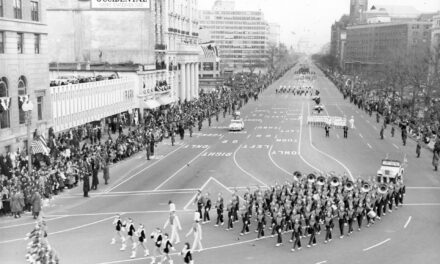About 1859 after moving his sheep from Hollister to the upper reaches of Los Banos Creek, Uriah Wood decided to make a go of it in the valley below. The Westside plains were dry and harsh and even the coastal range creeks were dry in the valley most of the year. Wood noticed there were some cottonwood trees growing along the lower Los Banos Creek, and he believed that where those trees lived there must be water. He commenced to dig a well, and after a few feet he noticed it was getting damper. This encouraged Wood to keep digging and sure enough, through persistence he hit water at 40 feet, and plenty of it. The 30-year-old Wood then-and-there made up his mind to settle there for good. (The location of this well is just north of where the railroad track now crosses Los Banos Creek in what later became known as the Badger Flat region).
The Westside was wild, harsh and dry. Although stage lines began traversing through the Westside no one had yet tried to settle in the region. Wood’s nearest neighbor was William Dennis who was raising sheep about 12 miles upstream in the foothills. As there was no lumber or supplies in the region Wood had to haul it in from either Stockton or Gilroy. He brought in a pump for his well and he built a cabin along the bank of the creek.
Once settled Wood contacted his younger brother Davie Wood who had recently settled in Visalia. Uriah urged him to come to the Los Banos region as the country was still mostly government land, and he could buy all he wanted for $1.25 an acre. Davie, his wife and six children arrived early in the summer of 1862. After visiting a short while, Uriah asked Davie to stay at the place while he took care of some unfinished business back East. His unfinished business turned out to be finding a wife and Uriah returned several months later with his new bride, Phoebe. During Uriah’s absence Davie had decided to stay in the region as well. Davie’s family settled on land just north of what became the Dos Palos Colony. Just about this same time another pioneer of sorts made his first purchase in the region. A San Francisco butcher named Henry Miller purchased the Santa Rita Ranch just north of Davie’s land in 1863. It was the first land purchased by Miller & Lux in the San Joaquin Valley. The two ultimately got along well and were good neighbors.
The Uriah Wood family settled in the Los Banos Badger Flat region and Davie Wood’s family settled just north of current Dos Palos. Both families raised children on their respective ranches and they became well established in the region. They survived floods, droughts, and desperados, and became quite successful. They were instrumental in convincing and financing Gustoff Kreyenhagen and his family to leave San Francisco and to venture out to the Westside to set up the first commercial general merchandise store. Ultimately a blacksmith shop, hotel, post office and jail were added to Kreyenhagen’s to form what we now refer to as Old Los Banos (located about 1¼ miles north of highway 152 on what is now Volta Road).
When the railroad came through the region in 1889 Henry Miller tried to convince Uriah that his land would be an ideal place for a new town as the railroad went right through it as well as Los Banos Creek. Uriah wasn’t in favor however, so Henry Miller had the town built on his property next to the railroad where the town of Los Banos continues today.
Information from the Ralph Milliken Oral Interviews, Milliken Museum in Los Banos. For further information on the Wood’s family, history of Los Banos and the Greater Westside, visit the Milliken Museum. The museum is open everyday except Monday, from 1 to 4 p.m.



